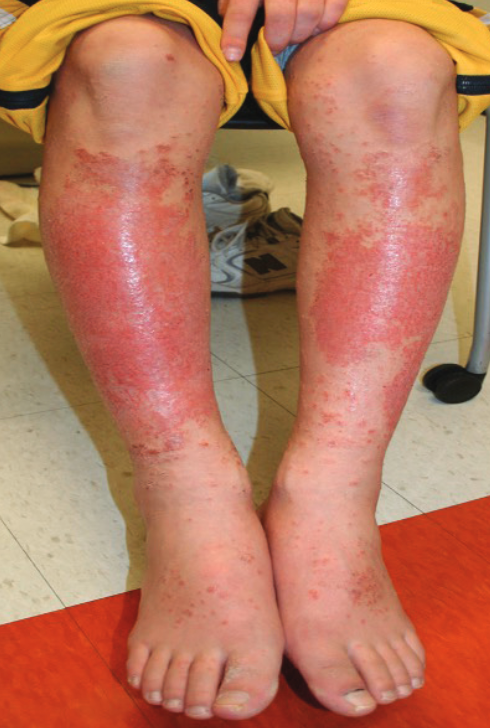- Acne
- Actinic Keratosis
- Aesthetics
- Alopecia
- Atopic Dermatitis
- Buy-and-Bill
- COVID-19
- Case-Based Roundtable
- Chronic Hand Eczema
- Chronic Spontaneous Urticaria
- Drug Watch
- Eczema
- General Dermatology
- Hidradenitis Suppurativa
- Melasma
- NP and PA
- Pediatric Dermatology
- Pigmentary Disorders
- Practice Management
- Precision Medicine and Biologics
- Prurigo Nodularis
- Psoriasis
- Psoriatic Arthritis
- Rare Disease
- Rosacea
- Skin Cancer
- Vitiligo
- Wound Care
Publication
Article
Dermatology Times
Add an Outpatient Infusion Center to Your Dermatology Practice
Author(s):
Barbara McElroy, MSN, CRNI, VA-BC, discussed best practices for creating an infusion center at the National Infusion Center Association Annual Conference.
During her presentation at the National Infusion Center Association Annual Conference in June 2022, Barbara McElroy, MSN, CRNI, VA-BC, discussed best practices for creating an infusion center, such as vascular access for outpatient infusion, the standard of care after leaving an infusion center, and ways to prevent various complications and improve the patient experience.1
Though the advent of FDA-approved biologic medications in dermatological practice proved to be a revolution in the treatment of inflammatory skin conditions, the real challenge lies in making these biologics accessible to patients, McElroy noted. Initially, hospital outpatient centers were the only lifeline for patients needing biologic treatments for their medical conditions. However, patients now find these facilities can be inconvenient and less cost- and time-effective.
Not all hospitals have an outpatient infusion center, and for those that do, most don’t have specialized staff, which leads to complications for patients, including placement-related injuries, infections, and phlebitis. Moreover, hospital infusion centers charge 3 to 5 times as much for their treatment as the same treatment offered at in-office infusion centers.1 Having an in-office infusion center provides patients with a hassle-free, intimate care setting under the care of their usual dermatologist, McElroy said.
According to the American Academy of Dermatology Association, psoriasis affects some 7.5 million individuals in the United States,2 but not every patient with psoriasis requires infusion therapy. To start an infusion center, you need enough patients to cover the basic payroll of your infusion team, McElroy said. Moreover, a dedicated space, adequate equipment, and well-trained staff are required to operate a successful infusion center workflow.
Setting up an in-office infusion center has challenges, including paying high startup and maintenance costs, resources to train the staff, creating a comfortable environment to provide an excellent patient experience, managing inventory, and dealing with denial of insurance claims and prior authorization requests, McElroy noted.
Finally, McElroy stressed that in-office infusion centers gives clinicians the ability to deliver medical services in a supportive environment and allows more time with each patient to fully understand their concerns, thus improving the patient-physician relationship.
References:
1. McElroy B. Vascular access for outpatient infusion. Oral Presentation at: National Infusion Center Association Annual Conference; June 17-18, 2022; New Orleans, LA.
2. Skin conditions by the numbers. American Academy of Dermatology Association. Accessed August 12, 2022. https://www.aad.org/media/stats-numbers#:~:text=Approximately%207.5%20million%20people%20in%20the%20United%20States%20have%20psoriasis.&text=Psoriasis%20occurs%20in%20all%20age,between%20ages%2045%20and%2064.&text=Approximately%2025%2D30%20percent%20of,that%20produces%20symptoms%20of%20arthritis

Newsletter
Like what you’re reading? Subscribe to Dermatology Times for weekly updates on therapies, innovations, and real-world practice tips.


























